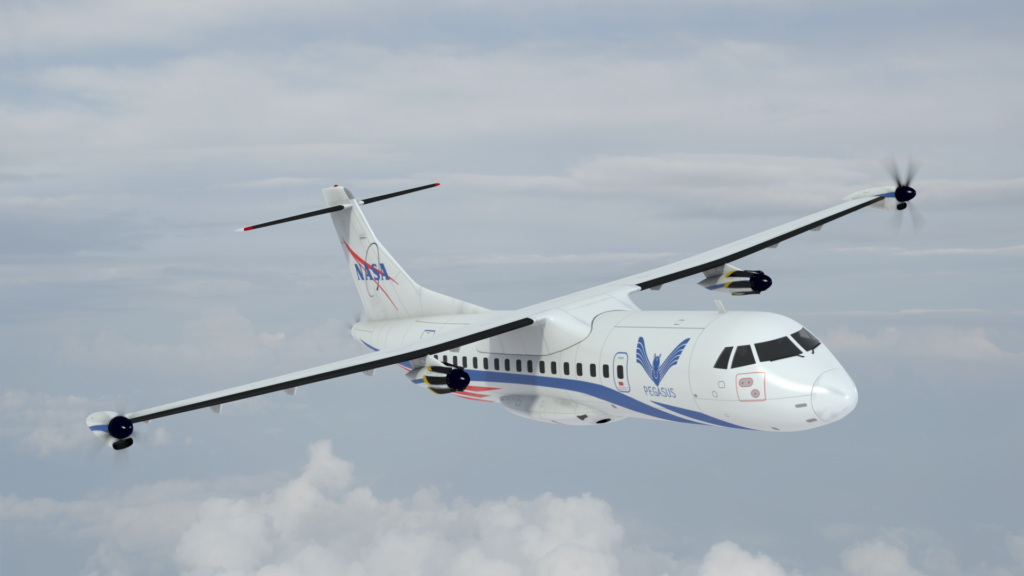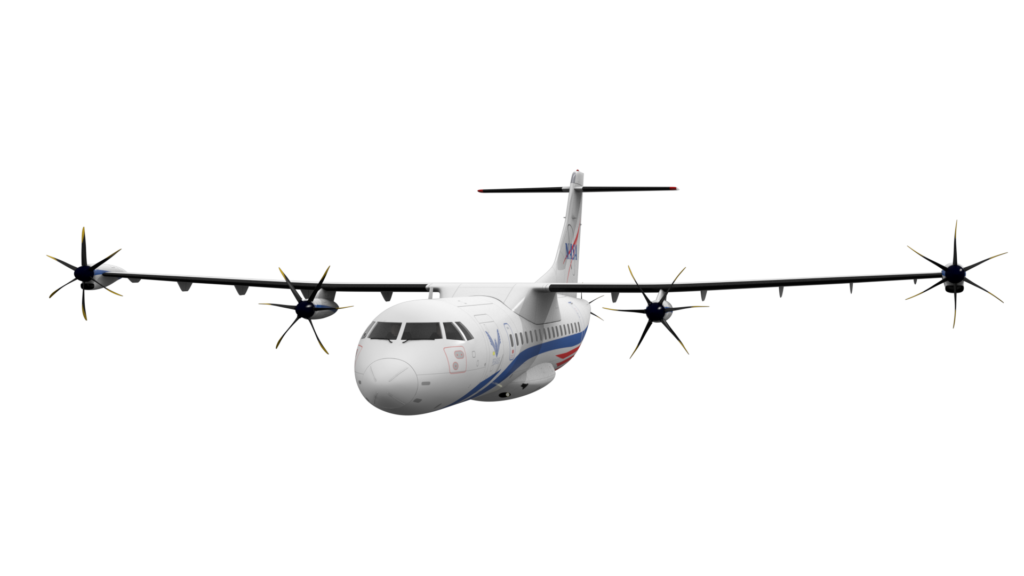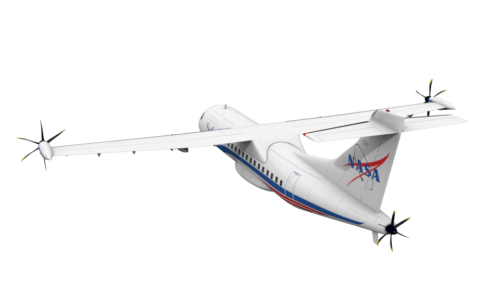PEGASUS

Activity Summary
Status: Active
In the last decade, airlines have shifted their focus from capturing market share to consolidating operations along the most profitable routes. Airlines have also increased the average load factor of flights and have shifted from under-50 seat regional aircraft toward 70-90 seat aircraft, which tend to have superior operating economics.
This new airline operations paradigm has contributed to the significant loss of connectivity for many regional airports. If an under-50 passenger regional aircraft could be operated economically relative to larger aircraft, it could potentially encourage airlines to open up new markets, reestablish service at smaller airports, and increase mobility and connectivity for all passengers.

The Parallel Electric-Gas Architecture with Synergistic Utilization Scheme (PEGASUS) concept is a novel hybrid electric regional aircraft that could reduce operational costs by lowering the amount of energy required to complete a given mission. The PEGASUS concept was designed to satisfy both hybrid (gas and electric) and purely electric missions. PEGASUS’s hybrid electric and electric propulsors are located strategically to provide increased aerodynamic benefits. PEGASUS uses parallel hybrid electric propulsors at the wingtips to decrease downwash effects, reducing the energy needed to maintain flight. Two electric propulsors providing additional thrust for takeoff and climb are located inboard on the wing. These propulsors are capable of folding mid-flight to decrease windmilling effects during cruise. Recent research suggests that adding a final electric propulsor to the tail of the aircraft will provide a benefit due to boundary layer ingestion.
The total energy needed to complete a mission decreases significantly when the propulsors are arranged on the airframe to provide an aerodynamic and propulsive benefit. Utilizing the size and placement flexibility of electric motors in the design of an electric or hybrid electric aircraft yields substantial energy cost savings, and could allow regional aircraft to compete economically with larger aircraft.

